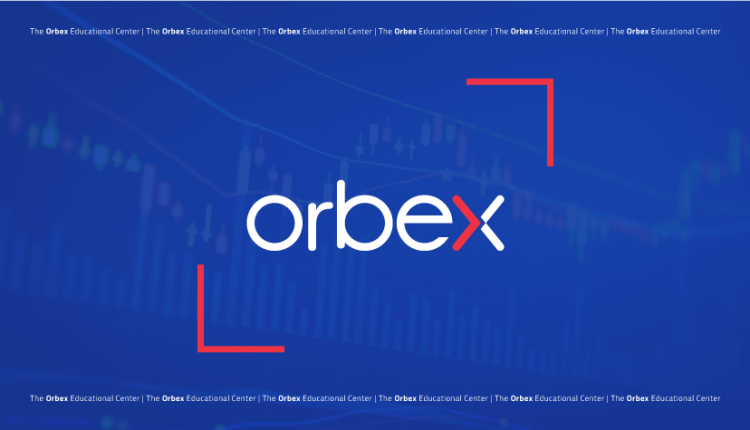How to Set Up Your Own Indicator – Common Patterns

In the previous entry in this series, we talked about the two different outlooks when it comes to setting up your trading system. Whether you are going to be a contrarian trader, or whether you’re going to go with the flow. As mentioned, there are a few indicators that are quite common, and this leads to a phenomenon in the market where certain expectations can come true just because so many people expect them to.
Self-fulfilling prophecy in trading
Let’s say that for some reason everyone thinks the dollar is going to go down next week – maybe there is a summit coming up, or something. How are people going to react to that? Well, since they expect the dollar to be weaker next week, they start selling dollars which by default, weakens the dollar.
This means that the expectation of a weak dollar is what led to there being a weaker dollar – regardless of the event that was expected to provoke the weak dollar.
Or, another example; a lot of traders see support at a certain level. So, the set their stop losses and their take profits there. The more traders agree on a support level; the more traders are going to have orders clustered around it, whether it’s closing off sell positions they’ve already taken, or opening new buy orders.
Then, as the market approaches that support level, all the sellers get taken out by the large number of buyers, and the market goes up, just because everyone expected it would.
Common indicators
This is the advantage of keeping track of other traders, and getting a sense of what the consensus is. Another way to do that is to keep track of – even if you are not directly trading from – commonly used indicators. That will give you some insight into what other traders are thinking, and where their expectations might be leading the market.
Keep in mind that traders trying to anticipate these moves also play into this phenomenon. For example, the support level scenario: before the market hits the support level, the market is above it; so if there is an expectation the market will go down to hit that support level, traders wanting to get in “ahead” of the move will be selling and putting a take profit. This is because closing out the trade is equivalent to a buy around the support level, in terms of market effect.
What indicators to follow?
Understandably, traders are a bit coy about what indicators they follow to the letter, but there is a consensus on some of the more commonly used indicators. These tend to be the ones most often discussed in the financial media that traders follow, making them the most widely used indicators in the industry.
Daily 200 SMA: While the 200 SMA is used quite commonly, the daily one gets the most mentions. It establishes a pretty strong trend, and over several months can accumulate quite a lot of orders at that level, whether for resistance or support depending on the case. Therefore, it’s more than quite common for currency pairs to bounce off the level, and take a bit of effort to get through it.
Fibonacci Regression: Regardless of the chart level, it’s quite popular. Frequently the support and resistance levels given in financial media are established with a Fibo. However, since the regression works by taking into consideration a peak or a valley, there can be some difference of opinion on which is the right starting point.
MACD, daily: If this indicator isn’t the most popular among forex traders, it’s in the top three. Of course it’s useful in any chart timeframe, but usually, the one that gets quoted the most is the daily. It’s rare to see a chart shared on social media that doesn’t have a MACD on it.
Even if you plan on being a lone wolf trader, having a working knowledge of these indicators is helpful to see where a lot of other traders’ heads are at and to maybe help you do something a little different.




